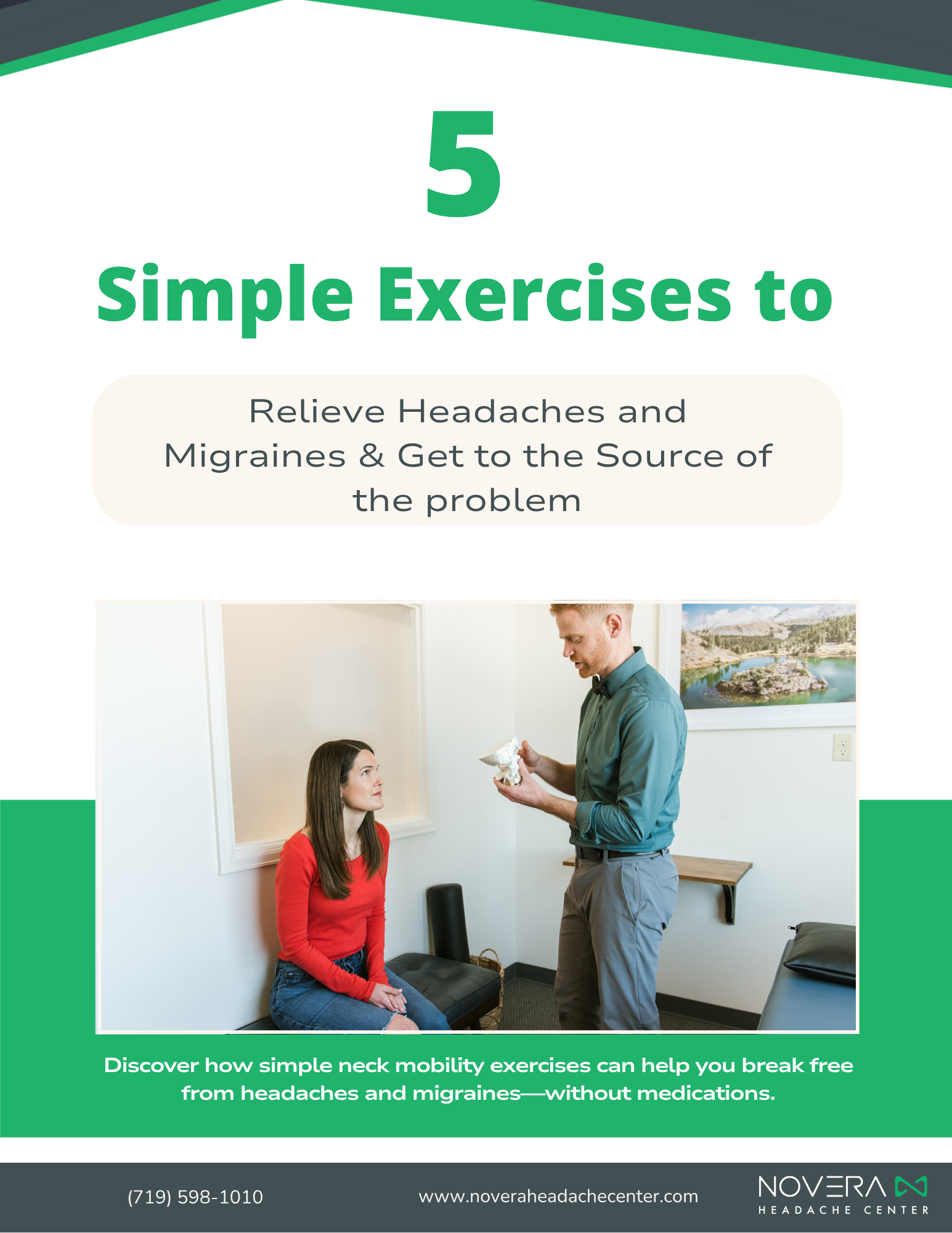Many people who struggle with chronic headaches and migraines are surprised to learn that their symptoms may be connected to a condition they’ve never even heard of: Ehlers-Danlos Syndrome, or EDS. This often-overlooked condition, closely tied to joint hypermobility, may be an important piece of the puzzle in understanding your symptoms—and more importantly, how to treat them effectively.
What Is Ehlers-Danlos Syndrome?
EDS is a genetic connective tissue disorder that primarily affects collagen, the protein responsible for the strength and elasticity of tissues throughout the body. Because collagen is essential for joint stability, people with EDS often experience joint hypermobility, where their joints move beyond the normal range. This isn’t just a quirky flexibility trick—it can lead to instability, chronic pain, fatigue, and even increased risk for injuries.
It’s important to note: only a qualified healthcare provider can officially diagnose EDS. If the information in this post sounds familiar, talk with your doctor to explore it further.
Defining Hypermobility: Is This You?
Joint hypermobility refers to excessive movement in joints due to lax ligaments. You might notice you can:
-
Touch your thumb to your forearm
-
Bend your pinky finger beyond 90 degrees
-
Hyperextend your elbows or knees
-
Lay your palms flat on the floor with straight legs
These movements are part of the Beighton Score, a simple screening tool to assess hypermobility. A score of 5 or more out of 9 in adults may indicate generalized joint hypermobility—but again, this doesn’t confirm EDS.
Common signs of EDS include:
-
Frequent joint dislocations or subluxations
-
Easily bruised or stretchy skin
-
Chronic fatigue
-
Digestive issues
-
Autonomic dysfunction (like POTS or dysautonomia)
The EDS–Migraine Connection
Research shows that up to 75% of individuals with EDS experience migraines or headaches. Why the connection?
-
Joint Instability in the Neck and Jaw:
Hypermobility leads to increased stress on certain joints, especially in the cervical spine (neck), jaw (TMJ), and shoulders. As these areas struggle to compensate for instability, they become tense and inflamed—triggering headaches and migraines. -
Autonomic Dysfunction (Dysautonomia):
EDS is frequently associated with POTS (Postural Orthostatic Tachycardia Syndrome) and other dysautonomias. These conditions affect blood flow, heart rate, and the nervous system, and can result in brain fog, dizziness, and headache symptoms—especially when changing positions. -
Inflammation from Mast Cell Activation Syndrome (MCAS):
Another condition often seen alongside EDS is MCAS, where immune cells release excessive inflammatory chemicals, contributing to systemic inflammation and, potentially, migraines.
This trio—EDS, POTS, and MCAS—is sometimes referred to as the “trifecta” due to how frequently they co-occur and their compounding effect on symptoms.
The Role of Physical Therapy in Healing
At Novera: Headache Center, we specialize in manual physical therapy to address the root causes of headaches and migraines. For patients with EDS or hypermobility, our approach is centered around one essential goal: stability.
Why Stability Matters
People with EDS often have to rely more on muscles for joint support than people with typical joint function. Over time, these muscles become fatigued and tight from overuse, leading to pain and dysfunction. By focusing on:
-
Restoring normal motion to stiff joints
-
Reducing muscle tension
-
Improving deep muscle coordination (especially in the neck and shoulders)
-
Teaching stabilizing exercises
…we can help the body move and function more efficiently, reducing pain and preventing migraines.
Real-World Results
We’ve successfully treated many patients with hypermobility and EDS who came in with migraines, neck pain, jaw issues, and more. While we don’t diagnose EDS, we treat what we find—and when muscle tension is relieved, joints are stabilized, and postural awareness improves, symptoms often improve dramatically.
It’s worth noting that exercise and muscle training are particularly important for people with EDS. Athletes like gymnasts and dancers who have strong neuromuscular control often avoid symptoms, but once they stop their sport, problems can emerge. The key is maintaining strength and stability, even outside of athletic activity.
What You Can Do Today
If you suspect you may be hypermobile or have EDS, here are a few practical steps:
-
Talk to your doctor about your symptoms and get evaluated by a specialist if needed.
-
Start gentle stability-focused exercises.
-
Be mindful of your posture—especially if you sit for long periods.
-
Seek out manual therapy if you’re experiencing chronic headaches, neck tension, or TMJ issues.
You’re not stuck. A diagnosis of EDS doesn’t mean a life sentence of chronic pain or migraines. With the right awareness, support, and care—especially through targeted manual therapy like we offer at Novera: Headache Center—you can reclaim your quality of life.




